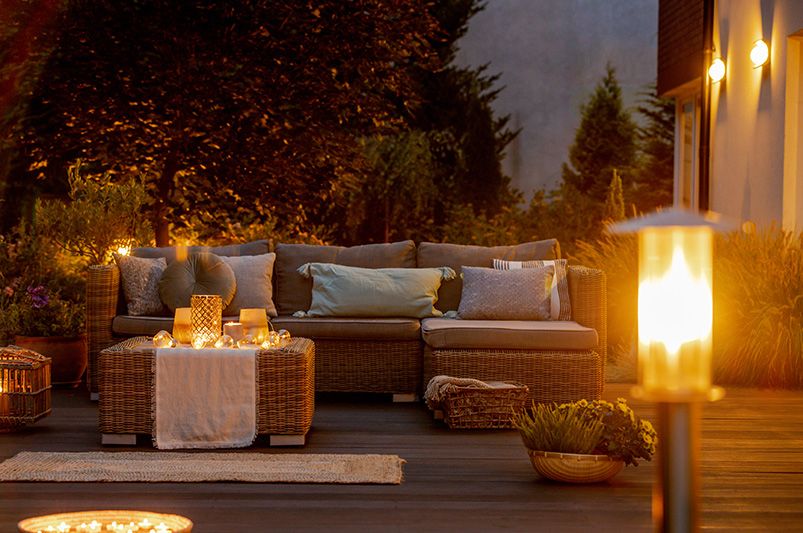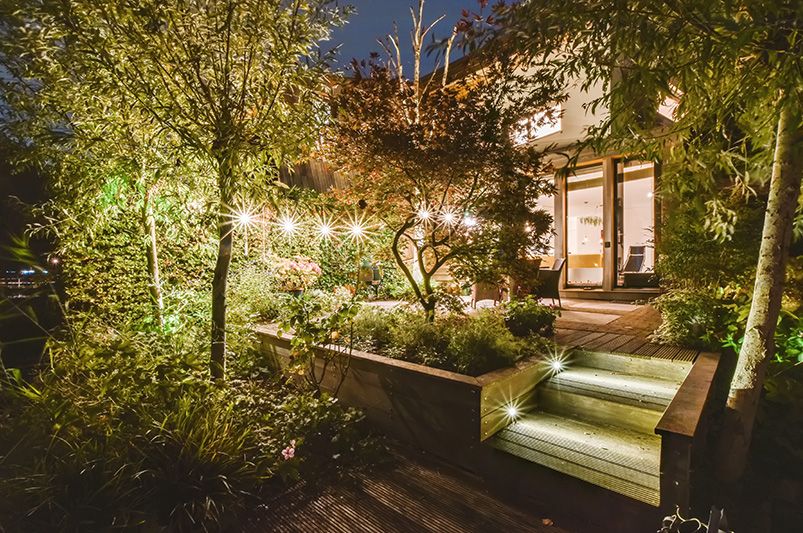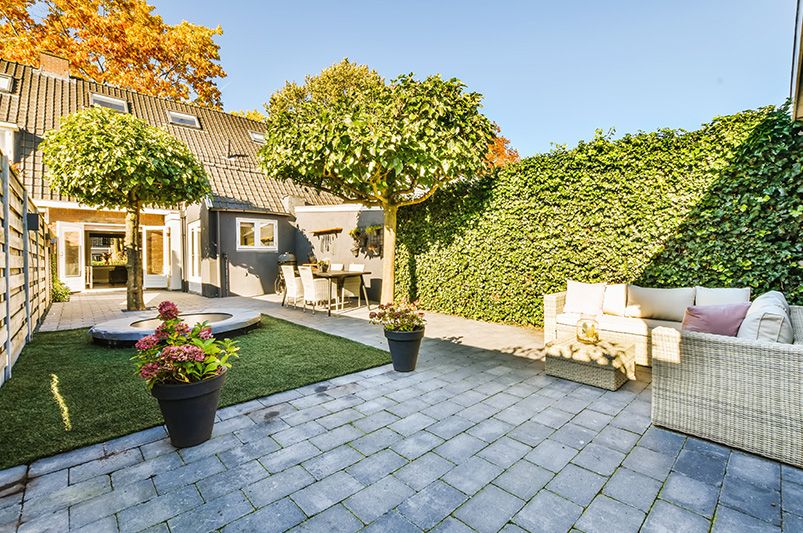
Smart Winter Lighting & Micro-Climate Tips for Small Yards
Published: 24/11/2025 | Updated: 24/11/2025
Winter often makes small yards feel darker, colder, and harder to enjoy—but with the right design choices, you can turn even the tiniest outdoor nook into a warm, glowing winter retreat.
The secret? Smart lighting and micro-climates that work together to boost comfort, beauty, and plant health all season long.


Here’s your simple guide to getting the most out of your compact outdoor space this winter.
Winter Lighting: Small Yard, Big Impact
Winter lighting isn’t just decorative—it’s essential for safety, visibility, and mood. With shorter days, strategic lighting helps make your yard usable long after sunset.
1. Choose Energy-Efficient Outdoor Lighting
LEDs and modern solar fixtures work reliably even in low-light conditions. They offer warm glows without the energy bill spike.
Perfect choices include:
-
Warm-tone LEDs for cozy ambiance
-
Solar path lights for hands-off illumination
-
Low-voltage step lighting for dark corners and icy spots
Design Tip:
Use multiple small fixtures instead of one bright one. This creates depth and avoids harsh shadows in compact spaces.

2. Layer Your Lighting Like a Pro
Layering light adds dimension and increases nighttime usability.
A simple formula for small yards:
-
Ambient lighting: wall sconces, lanterns, or overhead string lights
-
Task lighting: seating areas, grilling zones, or walkways
-
Accent lighting: highlight planters, garden art, or structural plants
The result? A yard that feels warm, spacious, and intentionally designed.
3. Add “Warm Zones” With Light
Lighting creates emotional warmth, even when temperatures drop.
Try:
-
Golden-hued LEDs
-
Uplighting on evergreen shrubs
-
Shadow-casting spotlights for added drama
-
Fire-feature alternatives (LED flame lamps or solar lanterns)
These touches instantly turn a chilly space into a winter-friendly sanctuary.
Micro-Climates: The Hidden Powerhouse of Small Yards
A micro-climate is a small outdoor area with slightly different temperature, light, or wind conditions than the surrounding space. In small yards, these pockets are incredibly easy to create—and incredibly helpful in winter.

1. Use Walls, Fences & Hedges as Natural Windbreaks
Wind steals heat. By blocking it, you create warmer, more comfortable pockets where you can sit… or where your more sensitive plants can thrive.
Position:
-
Evergreen hedges
-
Privacy screens
-
Trellised vines
-
Fencing panels
Even 5–10 degrees of warmth makes a big difference in winter comfort.
2. Add Heat-Retaining Materials
Dark surfaces like brick, stone, or concrete soak up the sun during the day and release warmth at night.
Use them for:
-
Raised beds
-
Patio pavers
-
Accent walls
-
Decorative rock features
These help stabilize temperatures and keep plants happier through cold spells.
3. Cluster Plants for Mutual Protection
Plants protect each other when grouped closely—especially in small yards.
Benefits include:
-
Reduced frost exposure
-
Shared humidity
-
Better soil insulation
-
A more lush, winter-friendly aesthetic
Pair evergreen structure plants with cold-tolerant winter bloomers for the perfect balance of form and function.

Designing for Maximum Impact
Smart winter design combines layered lighting, warm colors, micro-climate elements, and energy efficiency into one cohesive plan.
Try these quick wins:
-
Add string lights overhead to elongate the yard visually
-
Use warm-tone decor to soften winter’s harshness
-
Install solar lights on timers for hands-free ambiance
-
Position seating in naturally sheltered micro-climate zones
A few intentional tweaks can completely change how your small yard looks and feels in winter.
Want a designer to map out exact lighting placement, micro-climate zones, and winter-ready plant pairings for your yard?
Get a custom 3D landscape design from ShrubHub
Your yard—warm, bright, and beautiful all winter long.
Top 5 FAQs: Lighting & Micro-Climates for Small Yards
1. What’s the best lighting for winter in small yards?
Warm-tone LEDs and reliable solar lights create cozy ambiance without high energy use.
2. Can solar lights work in winter?
Yes—just choose models designed for low-light conditions and place them in the sunniest spots.
3. What counts as a micro-climate?
Any small area with different temperature, sun exposure, or wind conditions—such as a wind-protected corner or sunny wall.
4. How do I keep my yard warm in winter?
Use windbreaks, heat-retaining materials, and layered lighting to create cozy, usable outdoor spaces.
5. Are micro-climates useful for plants?
Absolutely. They protect sensitive plants, extend the growing season, and encourage healthier winter growth.


